Yellow hawkweed identification and control
Information about the noxious weed yellow hawkweed. Yellow hawkweed is also known by its Latin name, Hieracium caespitosum.
About this weed
Yellow hawkweed is a regulated Class B noxious weed in King County. This means control is required in King County under the state noxious weed law. Yellow hawkweed is also on the Washington quarantine list making it illegal to buy or sell in the state.
Yellow hawkweed is known as Hieracium caespitosum, it’s in the meadow hawkweed subgenus Pilosella, and it’s in the aster (daisy) family. Yellow hawkweed is native to Europe and is also called meadow hawkweed. They were transported to the United States as herbal remedies and ornamentals.
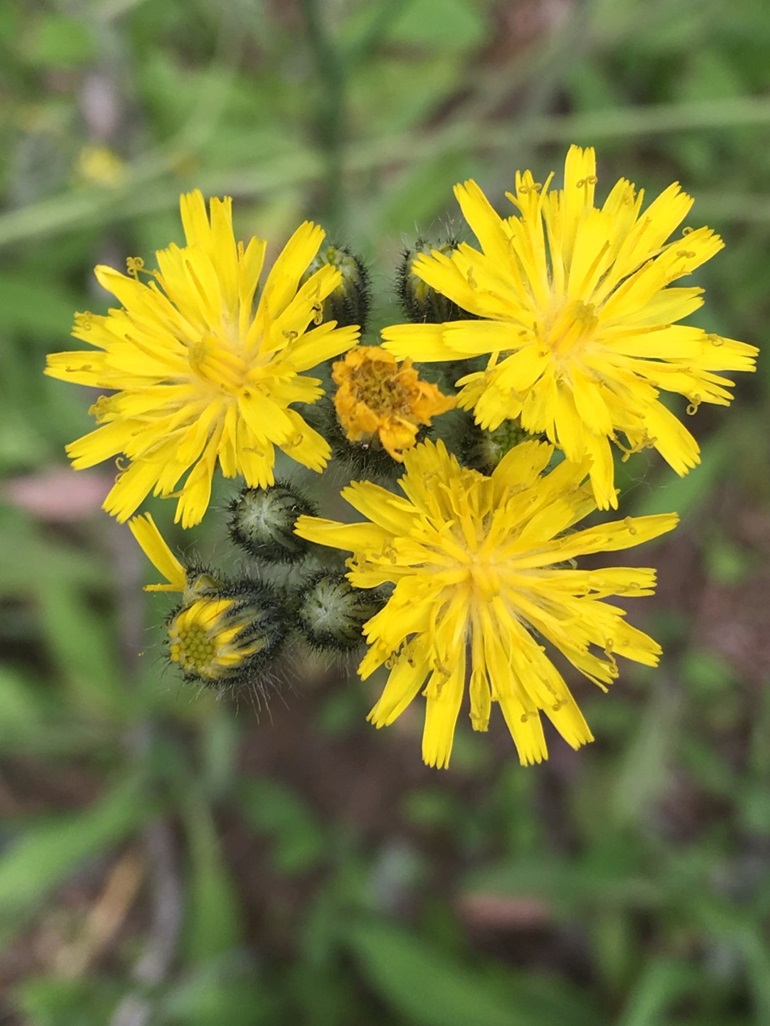
Why it's a problem
This plant resembles a dandelion, but it impacts mountain meadows and wilderness areas and is hard to control. It is fairly new to Washington state but has spread over large areas in the northwest. It spreads by creeping roots as well as seed and forms large monocultures (large areas filled with one species of plant). In this way it can crowd out grasses and plants used by wildlife and range animals.
Plant description
General characteristics of hawkweeds
Traits of non-native hawkweeds:
- All perennials (plants that have a 2+ year life cycle)
- Many non‐native hawkweeds have stolons (horizontal plant stems that root and form new plants), but no native Washington hawkweed species have stolons.
- They contain a milky juice
- Flowers are dandelion‐like and yellow or orange
- Leaves and stems are covered with bristly hairs.
- Plants have rosettes (a circular cluster of leaves on ground level)
- The leaves of most hawkweeds persist through flowering
Characteristics of yellow hawkweed
Distinguishing traits of yellow hawkweed:
- Found in sun or part shade, in disturbed areas such as roadsides, gravel pits and pastures, and at higher elevations in meadows and forested areas.
- Leaves are 6 inches long, narrow, not lobed, hairy on both sides, and form a basal rosette (a circular cluster of leaves on ground level).
- Stems are erect, hairy, up to 3 feet tall, usually one or two small leaves on the stem, and form flower clusters at the top. Each plant produces 10 to 30 flowering stems.
- Flower buds are round and hairy in tight clusters at the top of the stem.
- Flowers in bloom are small, clustered 5 to 30, bright yellow, and dandelion-like.
- Blooms mid-May to July and usually sets seed by August.
- Can spread by rhizomes (root system that spreads outwards and can grow new stems), stolons (horizontal above-ground stems that root and form new plants), and seeds.
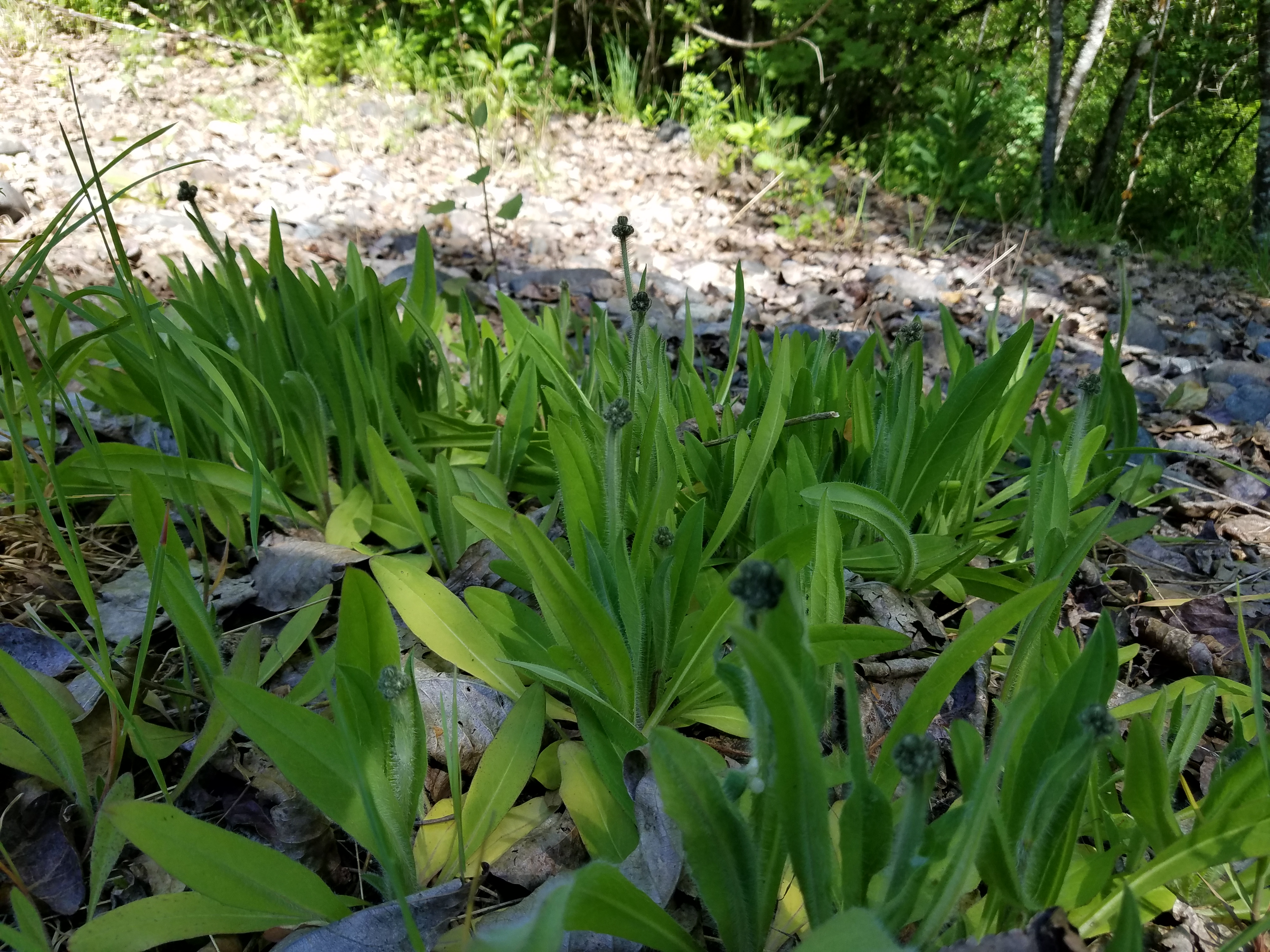
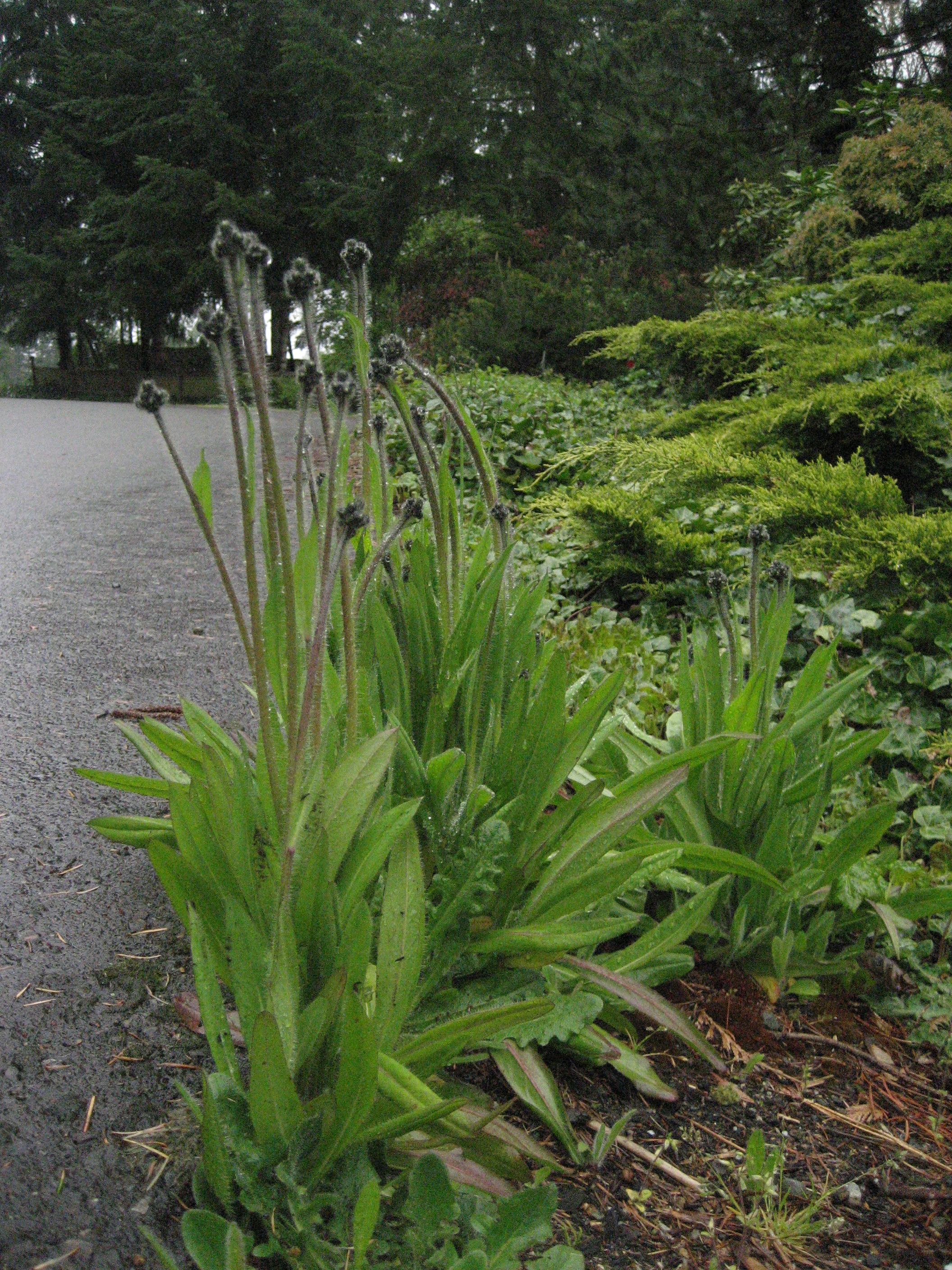
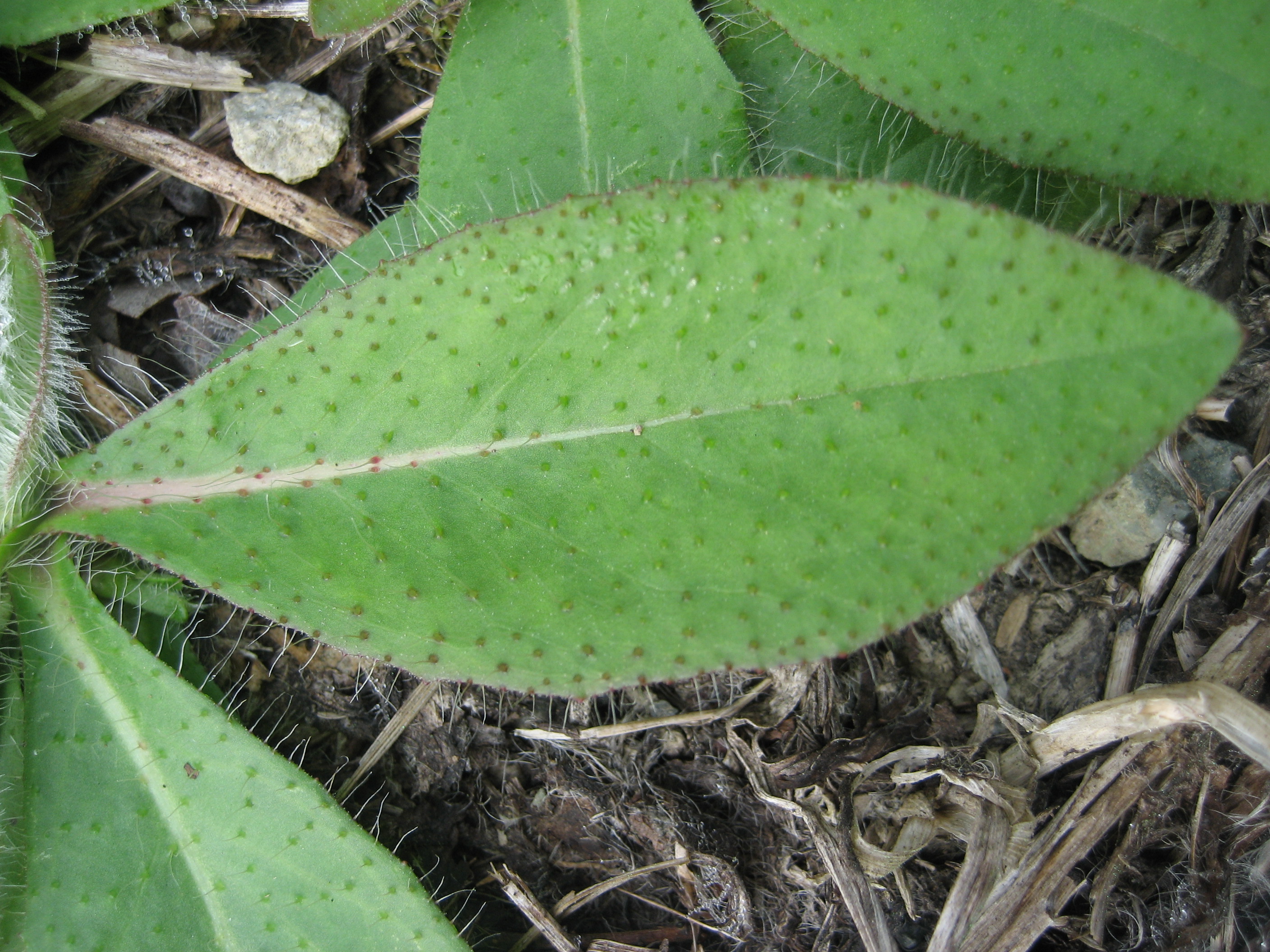
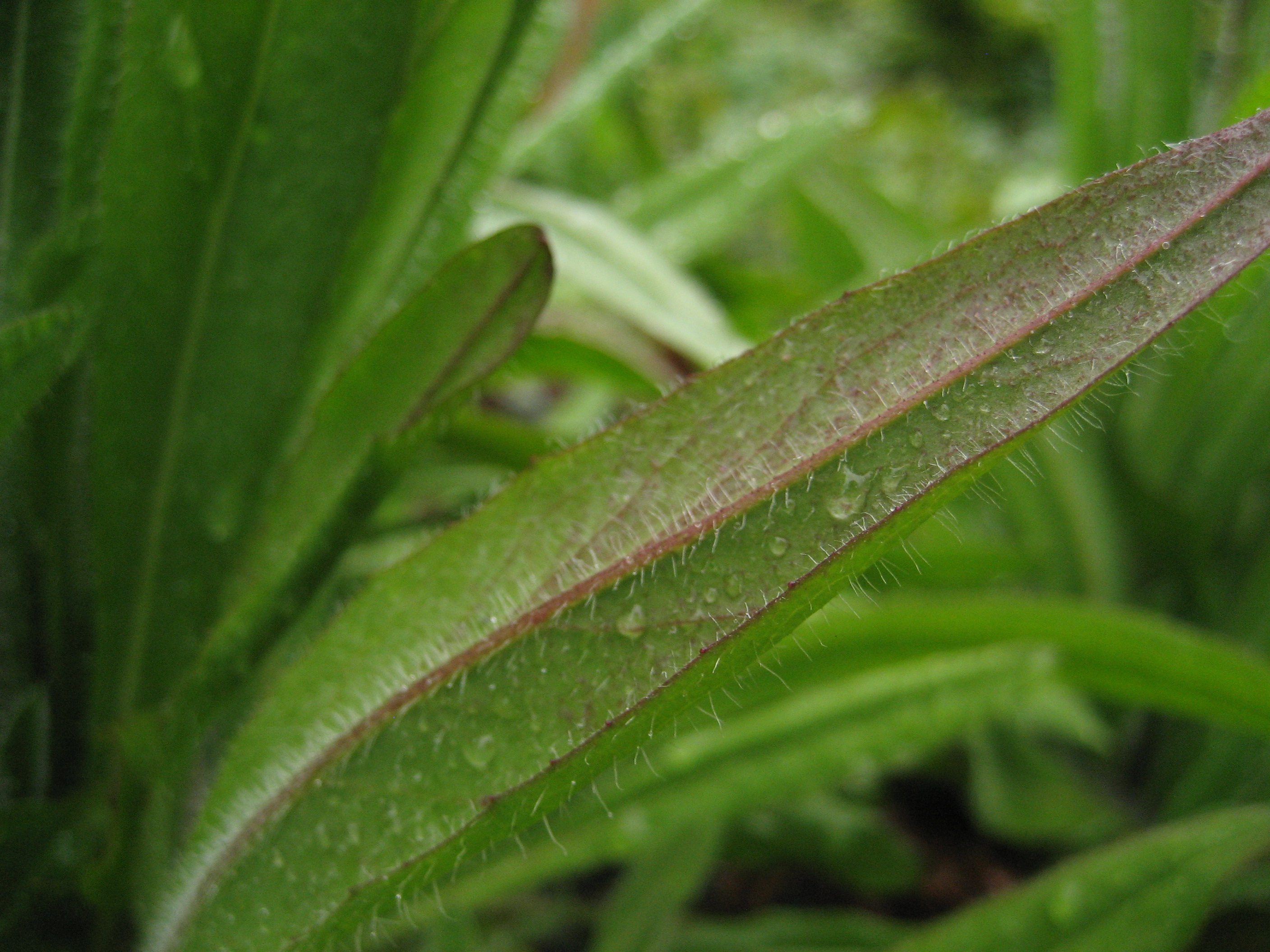
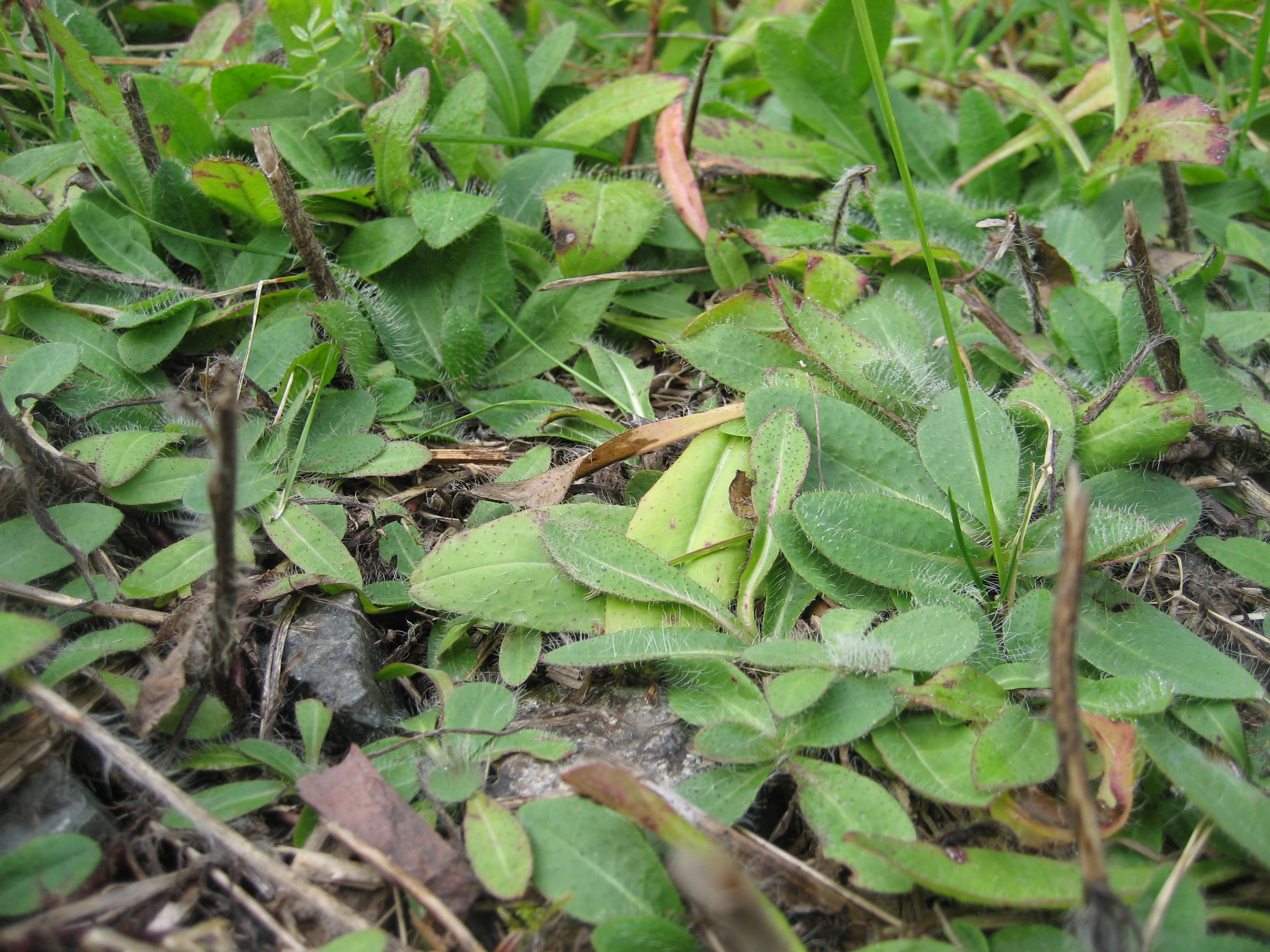
Be aware of look-alike plants
There are many non-native and native hawkweed species in the pacific northwest, making individual hawkweed species very difficult to identify.
Most people think yellow hawkweed is nearly identical to dandelion, but only if you are looking at single flowers.
When in doubt, take photos and share them with us or report them on iNaturalist or EDDMapS.
What to do if you find it
Property owners are required to control yellow hawkweed on lands that they manage. Please notify us if you see yellow hawkweed growing in King County. Our program staff can provide the property owner or appropriate public agency with site-specific advice on how best to remove it. We map all known locations of regulated noxious weeds in order to help us and others locate new infestations in time to control them.
Control methods
In areas with few weeds, it is important to act quickly before they become harder to control. Make a long-term plan as it often takes several years to get rid of most weeds. Start in the least infested areas first and then move into more heavily infested areas. To reduce costs and environmental impacts, please consider a combination of methods. King County’s best management practices have more details for controlling yellow hawkweed.
Mechanical control
Small populations can be dug out or pulled by hand. Make sure to remove the entire root since plants may resprout from fragments. If plants are in flower, bag and throw away flowers to avoid spreading seeds.
Large areas with hawkweed are very difficult to manage.
Mowing is not recommended for hawkweeds. Do not attempt to control by mowing unless mowers can be cleaned before moving to new areas and all the flowering stems can be collected. Plants will flower again after being mowed.
Chemical control
Herbicide may be useful for large infestations. Use of a selective broadleaf herbicide such as triclopyr is best to control non-native hawkweeds. To compete with any new weeds, consider replanting cleared areas with desirable species. Apply to plants in spring or early summer when they are actively growing and before flowering. Flowering plants can go to seed after being sprayed. Continue checking the area for new plants for several years. Always read the label before using herbicide and follow state and local regulations.
For specific chemical recommendations, please refer to the PNW Weed Management Handbook.
Disposal instructions
Bag all flower heads. If the plants already have seeds, carefully cut the seed head and place in a bag before pulling plants. Dispose of in the household garbage or take to a transfer station. Do not compost or put in yard waste. Never dump plant material in parks or natural areas because weeds can spread from yard waste piles.
Washington State Noxious Weed Control Board pamphlet on noxious weed disposal

 Translate
Translate